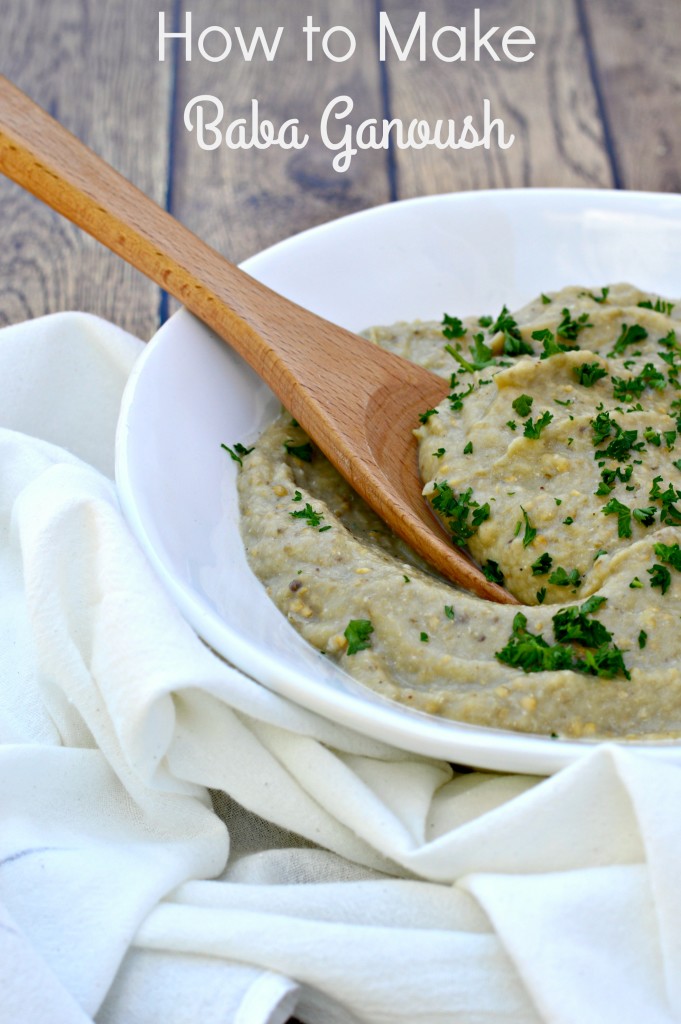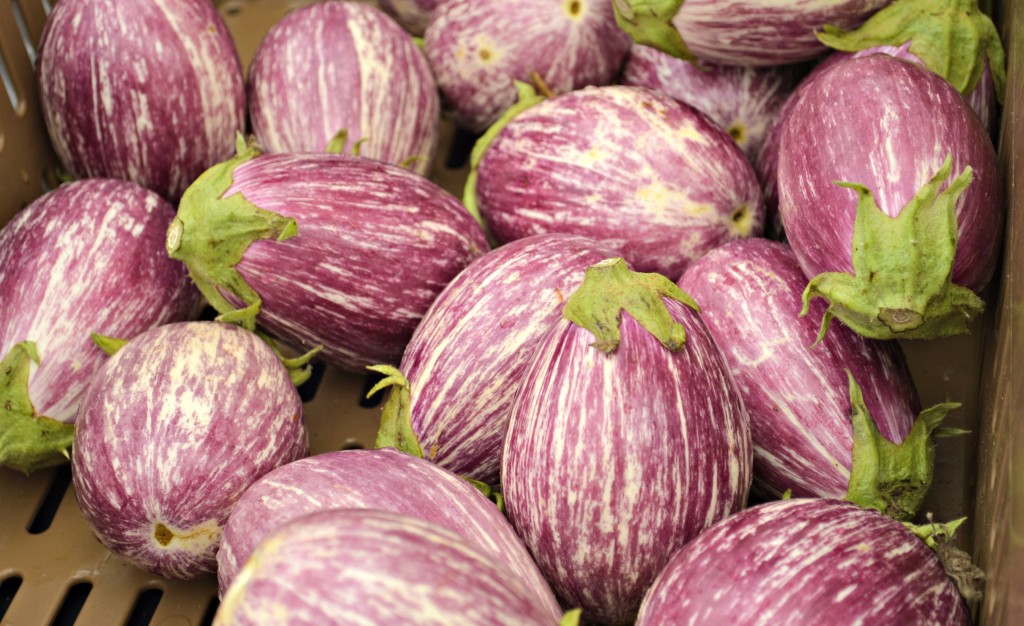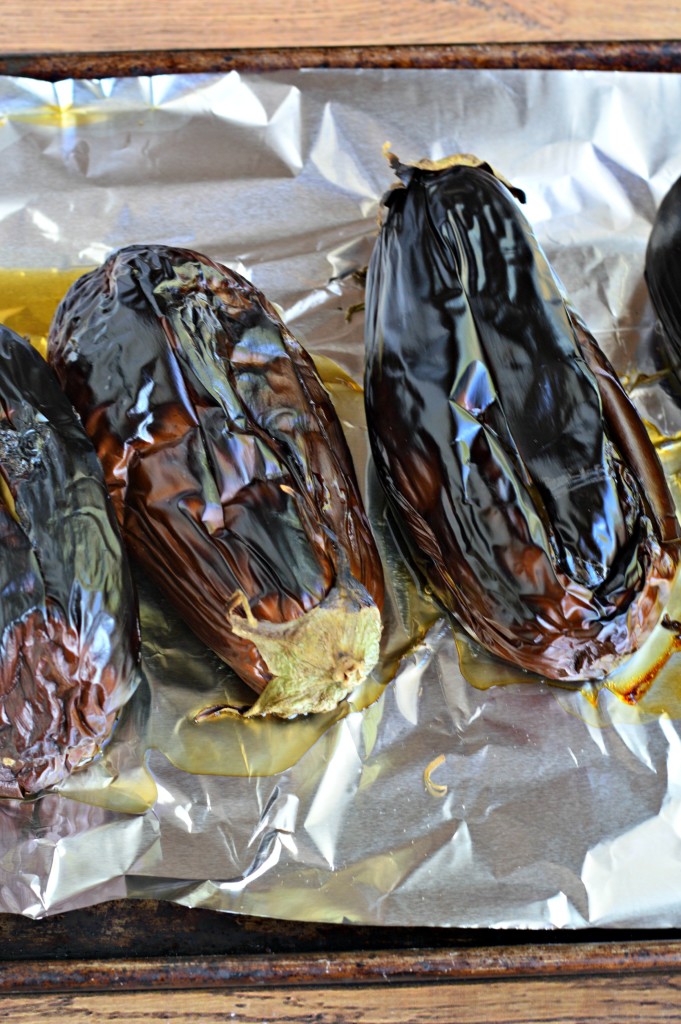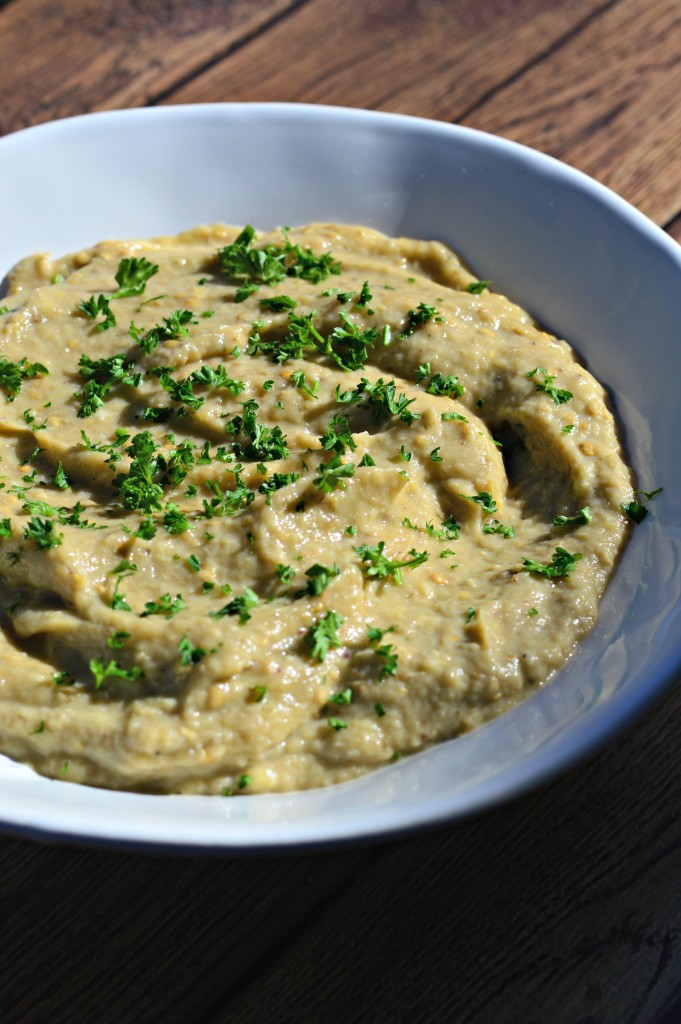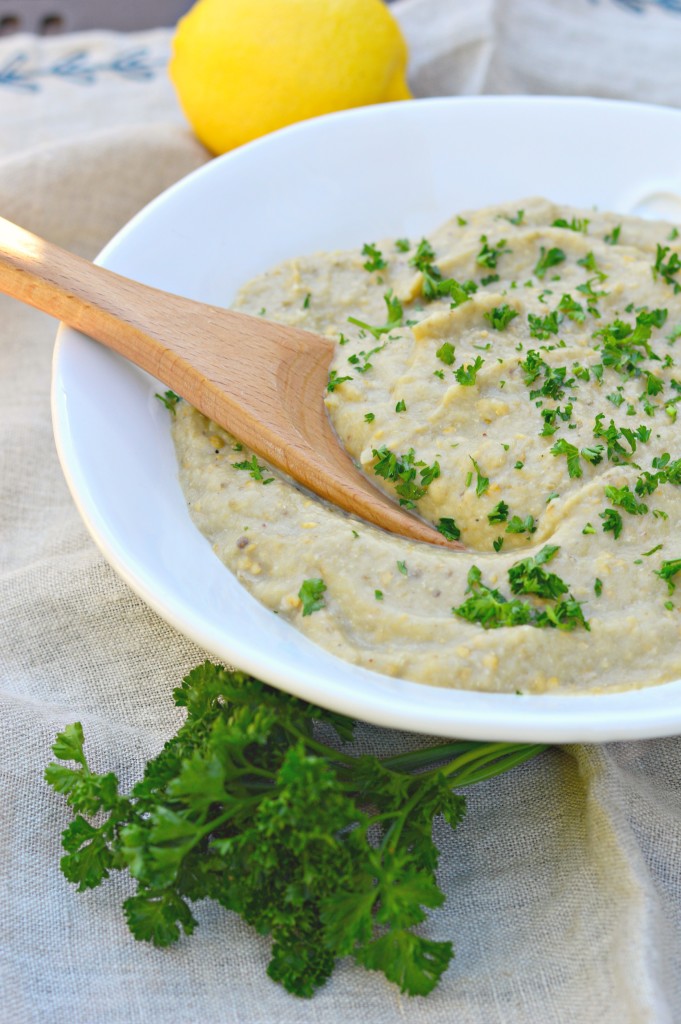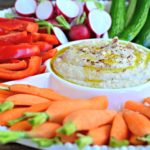It is hard to be an eggplant lover. We are a rare breed of individual characterized by an especially sophisticated palate. My mother and my daughter both share my love for this purple, bulbous vegetable but my husband won’t touch the stuff. And JR. Well, did anyone think JR would eat eggplant?
The year I lived in Paris, I bought the same lunch every day, which some might say is a criminally negligent thing to do in Paris. Nevertheless, I was faithful to a pita sandwich stuffed with caviar d’aubergine (eggplant caviar) from a little shop called Au Plaisir des Pains near the Jardin du Luxembourg. The combination of flavors was magical and the little seeds of the eggplant tickled my tongue like the caviar the spread is named after.
I found the shop again when I returned to Paris three years later for one last caviar d’aubergine sandwich. But on my most recent trip to the City of Light, in 2012, fifteen years after my year abroad, the shop was gone. That caviar d’aubergine sandwich is relegated to my taste memory.
In warmer climates, eggplant has always been widely available, filling and inexpensive: true peasant food. Whether fried, baked, roasted or stuffed, eggplant is one of the signature vegetables of Sephardic Jewish cuisine. Indeed, in the 17th and 18th centuries, the British called eggplant “the Jew’s apple” because it was so adored by the Sephardic Jews who were likely responsible for introducing the vegetable to their shores.
Baba ganoush, a smoky spread made with roasted eggplant, is one of the classic starters or mezze in Middle Eastern restaurants. It’s related to the French caviar d’aubergine but turns toward the Levant with the addition of tahini. I firmly believe that baba ganoush tastes better the next day, so sometimes when my husband and I go out for Middle Eastern food, I order a side of baba ganoush to go and eat it for lunch the next day.
On the other hand, baba ganoush is so easy to make at home that I needn’t bother with the take-out. Sure, baba ganoush takes time — an hour to roast the eggplant and then another thirty minutes to drain the excess liquid from the roasted eggplant flesh — but that is mostly passive time where you can go about your business in the kitchen or elsewhere.
Right now is a perfect time to find inexpensive, local eggplant at your farmers market. This weekend, I saw eggplants selling for $1 each. At that price, you could make a double batch of this delicious spread, that happens to be both vegan and gluten-free, for under $10. What a perfect thing to bring to a party or food swap!
Serve your baba ganoush with warm pita triangles or fresh crudités. Even better, make a batch of hummus and a batch of baba ganoush to serve together as a mezze for your next cocktail or dinner party. With luck, you’ll even have some leftover for lunch the next day.
Ingredients
- 4 medium-sized eggplant
- 1/4 cup extra virgin olive oil
- Zest and juice of one lemon
- 3 cloves garlic
- 1 TB tahini
- 1/2 tsp ground sumac*
- 1/2 tsp cumin
- Salt and pepper to taste
Instructions
- Preheat broiler and place an oven rack in the upper third of the oven. Line a baking sheet with foil.
- Cut a slit in each side of the eggplant, four total, and arrange on the baking sheet.
- Roast the eggplant for one hour, turning every twenty minutes, until charred on the outside and soft.
- Allow eggplants to cool. When cool enough to handle, scoop out the eggplant flesh and discard the skin.
- Place the eggplant in a colander and allow the excess liquid to drain for at least 30 minutes.
- Combine the drained eggplant, olive oil, lemon juice and zest, garlic, tahini, sumac and cumin in the food processor and process until smooth but do not liquefy.
- Add salt and pepper to taste.
- If possible, make baba ganoush ahead of time and chill for several hours to allow flavors to develop.
- Prior to serving, taste and adjust seasonings as necessary. Garnish with chopped flat-leaf parsley.
Notes
Ground sumac is a Middle Eastern spice made from ground sumac berries. It adds a note of tartness to this dip. You should be able to find sumac in most spice stores or Middle Eastern grocers.
